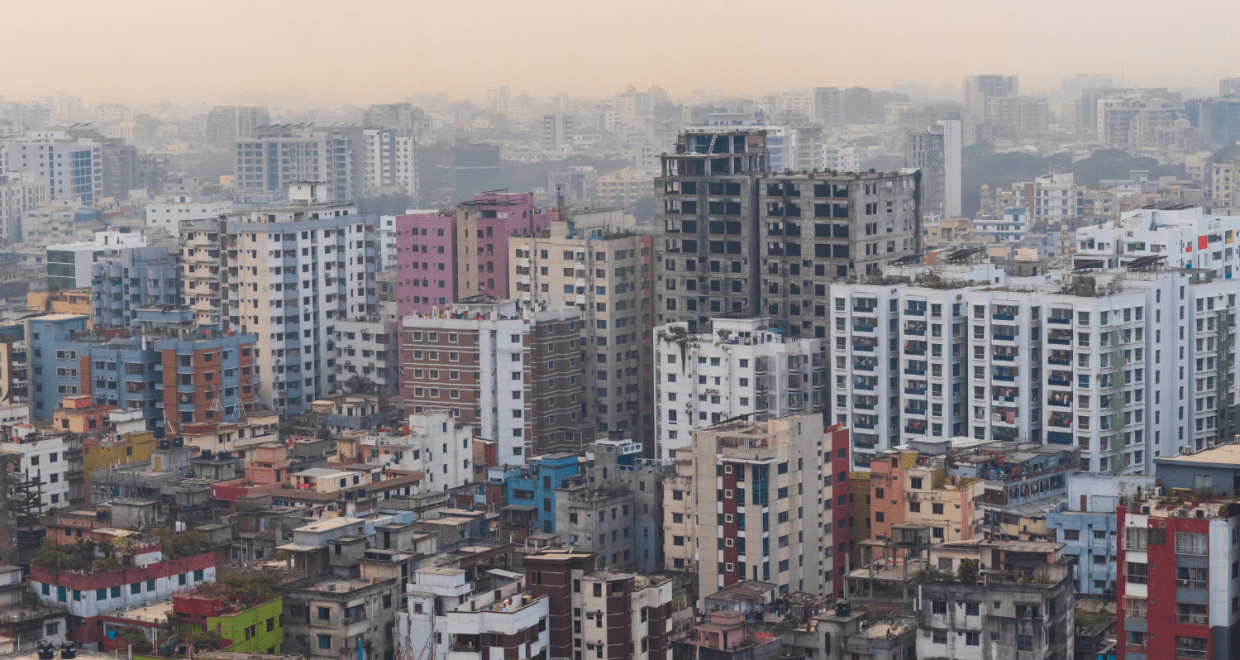Mental health problems of Indigenous people in Bangladesh require considerable attention
The RCPsych Article of the Month for December is ‘Mental health of indigenous people: is Bangladesh paying enough attention?’ and the blog is written by author Md. Omar Faruk and the article is published in BJPsych International.
We live in a world full of diversity in terms of varied languages, social and religious customs, race, dress patterns, and gender expressions. Diversity is what makes the world a better place. When diverse identities are repressed and undermined at the hands of the majority, this paves the way for colonisation- devaluing people with unique and diverse characteristics and replacing them with dominant identities. Indigenous people across the world including Bangladesh have historically been subjected to such burns causing a myriad of social and economic repercussions including physical and mental health problems. This blog restricts its focus to the mental health problems of indigenous people in Bangladesh and the inadequacy of efforts leading toward the growing vulnerability of developing mental health problems.
Approximately 2% of the population in Bangladesh comprise of different indigenous communities residing in both plain (the north-eastern, north-western, northern, and north central regions) and hill tract regions (the south-eastern regions) with Chakmas, Marmas, and Tripuras being the first, second, and third largest indigenous communities, respectively. Unlike non-indigenous people, they have a distinct language, social and religious customs, dress arrangements, and family and marriage structure. The shared camaraderie among indigenous people irrespective of geographical location, in particular when it comes to maintaining cultural heritage is what makes them more distinguishable.
Indigenous people residing in plain lands have relatively easy access to health care systems including mental health care, however, people living in hill tracts, especially those in the remote hilly regions have limited or no access to health care let alone mental health care. This is partly attributable to the disproportionate distribution of mental health care across the country with specialized mental health facilities having been mushroomed in the principal cities. This bears testimony to the sheer negligence and indifference toward the mental well-being of indigenous people in the face of growing evidence that suggests indigenous people across the world are at increased risk of mental health problems regardless of age, gender, and socioeconomic status. Small scale research showed that indigenous people in the hill tracts are also suffering from mental health problems.1 Rampant land grabbing in the name of industrialisation and development, heavy militarisation causing increased surveillance to and from the cities, lack of employment, treatment, and quality education, the threat to the cultural heritage, lower levels of mental health awareness, the prevailing stigma around mental health problems, and race-related attitudes toward indigenous people may synergistically contribute to the mental health problems. The COVID-19 pandemic has substantially exacerbated these mental health plights.2 Despite this, no visible efforts have yet been realised so that mental health problems are taken into consideration.
There are ways to reduce the burden of mental health problems among indigenous people beside ensuring formal mental health care. For example, task sharing approach to mental health care requires training of non-specialised people in identifying mental health problems, providing primary care, referring for specialised care, and increasing mental health awareness. Equipping health facilities with staff belonging to indigenous communities should be prioritised to ensure treatment compliance. Emergency helplines operated by indigenous health staff can also be useful. Ensuring justice for human rights abuse, quality education with state-of-the-art technologies, employment opportunities, the uncontaminated practice of social and religious rituals, revitalisation of indigenous languages3 and creating opportunities for raising concerns over social injustice has the potential to reduce mental health repercussions among indigenous people in Bangladesh.
When it comes to addressing the mental health problems of indigenous people, it is not so hard to realise that. All it takes is the willingness to do so!
References
- Faruk, MO, Nijhum, RP, Khatun, MN, Powell, GE. Anxiety and depression in two indigenous communities in Bangladesh. Glob Ment Health 2021; 8: e34.
- Faruk, MO, Ching, U, Chowdhury, KUA. Mental health and well-being of indigenous people during the COVID-19 pandemic in Bangladesh. Heliyon 2021; 7(7): e07582.
- Faruk, MO, Rosenbaum, S. The mental health consequences of indigenous language loss. Lancet Psychiatry. 2022 ;9(10): e46.
Our article of the month focuses on the difficulties faced by indigenous people in Bangladesh, due to their lack of access to mental health care. The theme of this paper is relevant to other countries, besides Bangladesh, where there is a minority ethnic group which lives in a geographically distinct region, distant from the centres of administration and relative wealth. The authors point out that indigenous populations are at risk of poorer mental health than the majority population. They are not only likely to have fewer opportunities to access services, but those services are unlikely to have been adapted to address the particular context in which their mental health problems arise. Our journal would welcome further articles on the particular challenges faced by indigenous populations around the world.
Professor David SkuseEditor-in-Chief, BJPsych International






